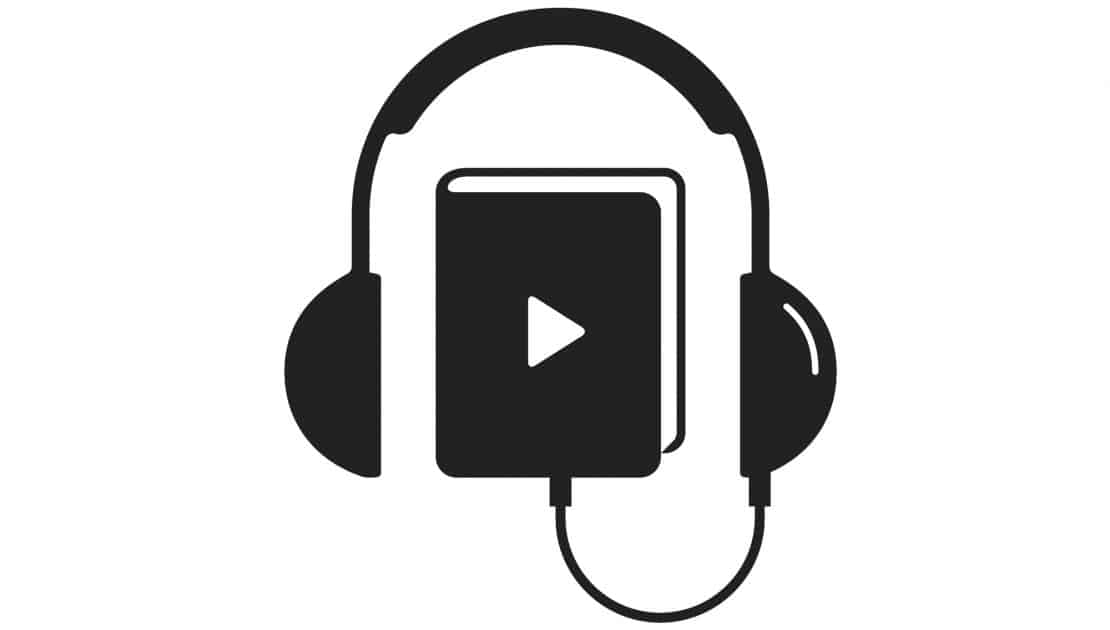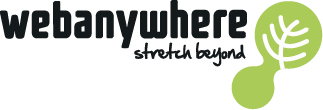Audio for Learning

When we think about learning in the digital age, video and e-learning modules often come to mind. These are visual, immersive experiences that demand full attention. Yet, in many ways, audio is emerging as a more powerful medium, offering a unique blend of convenience and depth. This shift to audio learning has the potential to change how organizations communicate internally and how they approach professional development. And at the forefront of this movement is Sound Branch.
Why Audio Learning is Better Than Video or E-Learning
It’s easy to assume that video and e-learning modules, with their rich visuals and interactivity, are the best tools for learning. But audio has several advantages that make it not only different but superior in some situations. Audio content is inherently more accessible—it can be consumed while multitasking, making it ideal for busy professionals. Whether commuting, walking, or even working out, people can absorb information through audio without needing to stop what they’re doing.
Unlike video, which demands visual attention, or e-learning platforms that require interaction with a screen, audio allows for passive learning. You can simply listen, reflect, and learn, without having to disrupt your workflow. This efficiency is one reason why many employees and learners prefer audio-based communication and learning.
How Sound Branch Empowers Internal Communication and Learning
Sound Branch takes the advantages of audio learning and expands it into something broader: a tool for sharing, communication, and broadcasting within organizations. The platform enables users to create and share voice notes, making it an ideal medium for book reports, reflections, or quick updates. It offers a real-time, voice-first way to distribute knowledge across teams.
Imagine this scenario: A team member just finished reading a key industry book and wants to share insights with their colleagues. With Sound Branch, they don’t have to write a lengthy email or create a presentation. Instead, they can simply record a voice note summarizing their thoughts, and broadcast it to the relevant team members. The result? A faster, more authentic way to share knowledge. There’s no need to book a meeting or schedule a presentation—everything is shared in the moment.
Who Can Benefit from Audio Learning on Sound Branch?
•Frontline Workers: For workers who are always on the go and may not have access to computers, audio learning provides an easy and practical solution. They can stay informed and up to date with company news or key learning modules simply by listening. No need to sit down at a desk or go through a complex login process.
•Learners with Busy Schedules: Employees balancing multiple responsibilities may not always have time to engage with traditional learning materials. Audio is flexible, allowing them to learn while performing other tasks. Whether during a commute or while running errands, learning can happen anytime, anywhere.
•Leaders and Managers: Communication is critical for leaders who need to share strategies, goals, and updates with their teams. Sound Branch enables them to broadcast messages in a personal, impactful way. Rather than sending out emails that may be skimmed or forgotten, leaders can record voice messages that are more likely to resonate.
•Service-Oriented Companies: For companies in sectors like customer service, hospitality, or retail, where employee training is constant and critical, audio learning offers a way to deliver training content that fits into the fast-paced nature of their work environments.
Audio: More Than Just Convenient
But audio’s appeal goes beyond convenience. There’s something inherently human about hearing a voice. It conveys tone, emotion, and nuance in a way that text or video often can’t. When leaders and colleagues share updates or ideas through Sound Branch, it feels more personal—there’s a stronger connection between the speaker and the listener. This builds a sense of community and trust within teams, which is especially important for remote or distributed workforces.
Moreover, audio content is often faster to produce and distribute than videos or written materials. It doesn’t require scriptwriting, editing, or design work. A voice note can be recorded and shared in minutes, ensuring that communication remains dynamic and timely.
Broadcasting Learning Through Sound Branch
Beyond internal communication, Sound Branch can be used as a broadcasting tool for learning. It can serve as an internal podcasting platform where employees can listen to updates, interviews, or thought leadership discussions relevant to their industry. This could range from book reports, expert interviews, to product updates.
Broadcasting learning materials via audio creates a more engaging and informal way to keep people up-to-date. It can feel less like “learning” in the formal sense and more like an ongoing conversation—a dialogue where every voice is valued.
Why Audio Learning Will Continue to Grow
Audio has an enduring appeal because it fits naturally into our lives. It’s fast, easy, and intimate. With platforms like Sound Branch, the future of learning and communication is becoming increasingly voice-driven, as organizations recognize that it’s not just about delivering information, but doing so in a way that feels natural, personal, and efficient.
For organizations looking to improve communication, foster a learning culture, or simply make knowledge sharing more seamless, Sound Branch provides a powerful solution. Whether you’re a frontline worker, a busy executive, or a service company looking to train staff, audio is poised to play an ever-growing role in how we learn and connect.
In a world that’s increasingly cluttered with digital noise, the power of a voice stands out.
Learn more about Audio for Learning:
